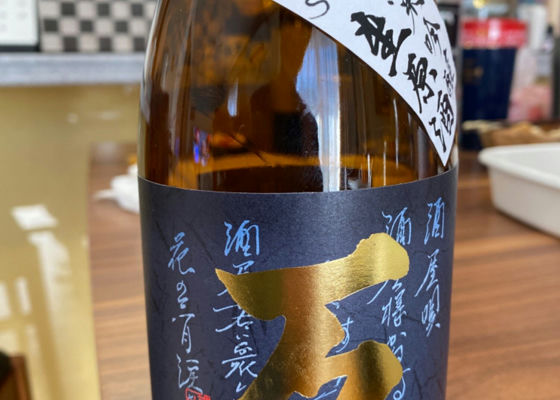
SakenowaRecord your sake experiences and discover your favorites
Registered Date
Check-ins
31Favorite Brands
0Most Check-in Brands
Timeline

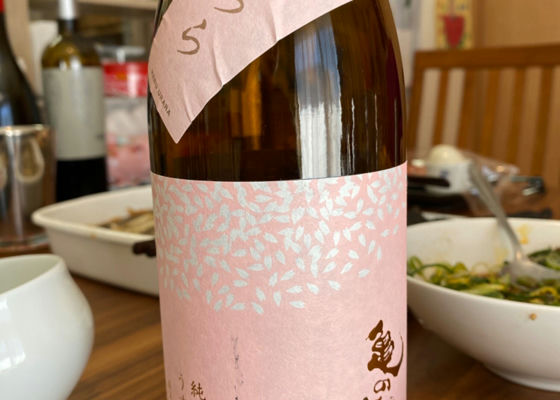
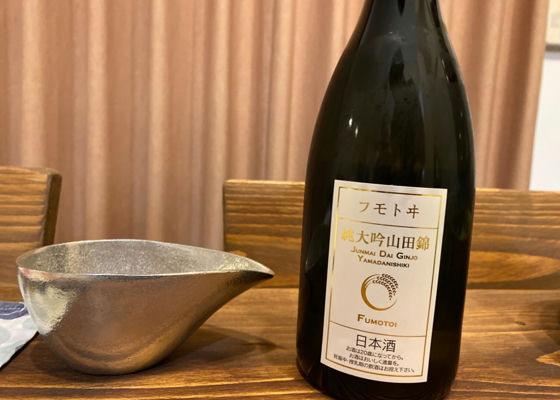
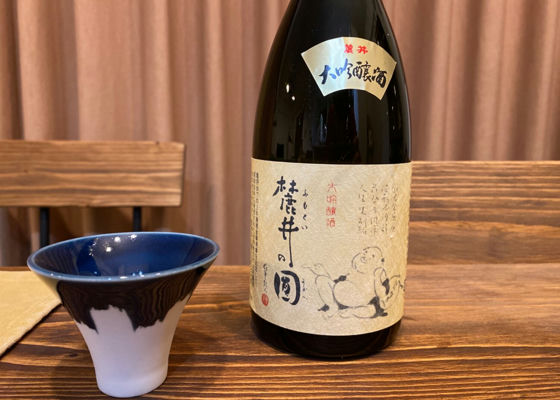
Nippondanji
Fumotwi from Dewanosato was delicious, so I got Fumoi no En. It has a slightly sour apple-like aroma rather than the melon-like sweetness that is so popular. The aroma is restrained and the umami is pushed forward, but after that, it has an elegant sharpness with a slight bitterness.
Japanese>English
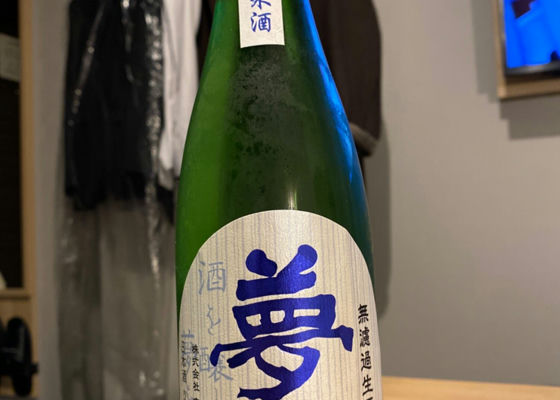
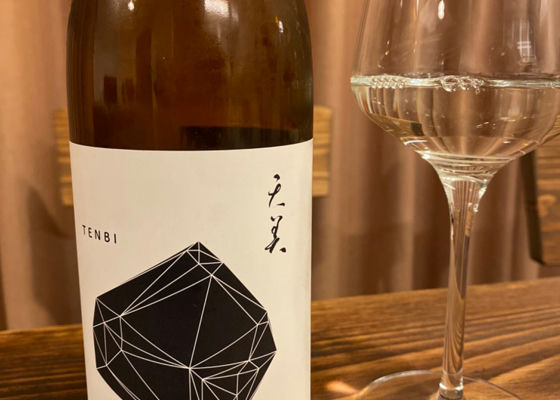
Nippondanji
Fruity aroma like melon.
Slightly effervescent in the mouth, as is typical for a draft sake.
The attack is soft and rather sharp.
Overall, it is similar to the recently popular ginjo.
There may be a certain number of people who don't like it.
Ootoro, duck, and other non-flavored dishes
I have an impression that it goes well with
On the second day, sweetness is emphasized.
Japanese>English
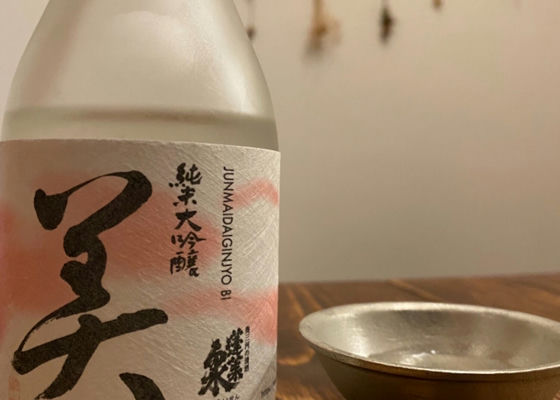
Nippondanji
Sekiya Jozo's Daiginjo with a lot of sweetness
Probably about -1 sake degree and 1.5 acidity
It doesn't have much aroma in the mouth.
When you put it in your mouth, the mellow aroma and the delicious taste spread.
The acidity is felt in the latter half and the aftertaste.
It is mildly assertive, so it goes well with light dishes such as Japanese food and appetizers.
The aroma in the mouth is stronger when it is near room temperature than when it is chilled, but
The aftertaste of alcohol becomes stronger.
It is better to drink it chilled as described on the HP.
If the bottle is opened for a few days, the mellow and sour aftertaste will be too prominent, so it is best to drink it as soon as possible.
Japanese>English
Hohai純米大吟醸山田穂仕込み
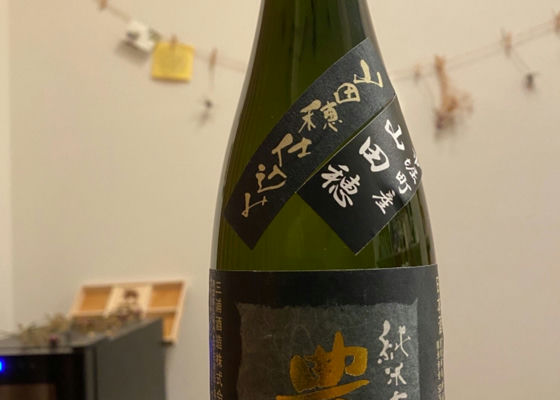
Nippondanji
Compared to the Daiginjo made with Yamada Nishiki
It was more delicious than Yamadanishiki.
It is the maternal line of Yamadanishiki, and it is a rice variety that disappeared for a while because Yamadanishiki is excellent.
It is said to be aged for 2 years, but it certainly does not have the complexity of being aged that long.
After uncorking, there is a slight sweet aroma and a gentle mouthfeel.
A little acidity on the palate, leaving a lingering aftertaste.
It is mellow and mature, but goes better with food than Yamadanishiki.
On the second day, the sweetness is amplified and it is delicious with salty foods.
It is light in the throat, but has a richness.
It is similar to Omachi, so it may be a favorite of Omachi drinkers.
Japanese>English
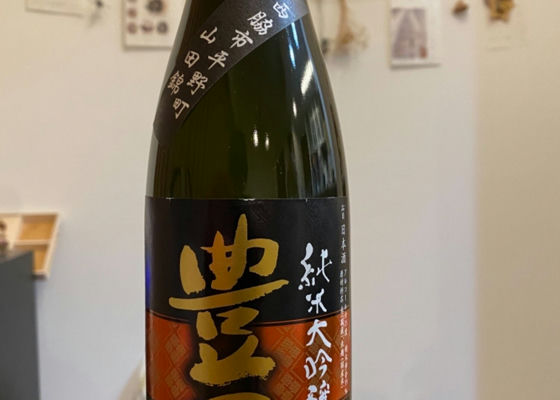
Nippondanji
I bought this because I like Junmai sake. It seems to be a type of sake that is only released about three times a year, and there are almost no reviews on the internet.
It is a Daiginjo polished to 39%, and the Yamada Nishiki is said to have been grown exclusively for Toyopai.
Immediately after the bottle is pulled out, it has a sour aroma.
The aroma stands out even in a wide mouth cup.
When you drink it, you will be surprised to find that it is slightly foamy. More importantly, I felt that the acidity was high, which is different from that of ordinary daiginjos.
A Daiginjo has a fruity aroma and a sweet aftertaste, but Toyofuji Daiginjo is more like a Junmai-shu or Ginjo-shu, where you can taste the flavor of the rice.
On the second day, the sourness is being converted into sweetness.
It is a little closer to the general Daiginjo, but drinking it in a wine glass is more suitable for enjoying the aroma.
It is not very complex and I personally could not taste the rice.
This is a very interesting bottle in that it has a lot of character for being polished to this level, but it can be enjoyed as a Ginjo-shu as well.
I have not studied it enough, so if anyone who has had it has a different impression, please let me know.
Japanese>English
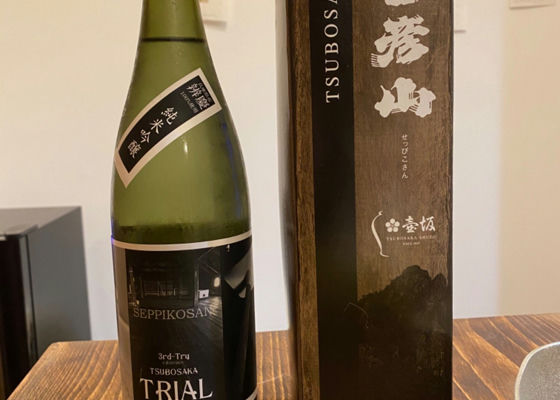
Nippondanji
It has an elegant sweet taste and a fruity aroma that you would expect from a Daiginjo. The aroma is even more pronounced in a wine glass.
The first attack is strong, but the aftertaste is relatively clean. The acidity is about 2-3, with a low level of sake.
The sweetness increases further the next day, and it is a level of drinker's choice, but this may be because it was a raw sake.
Since it is not sold in the market, why not stop by while you are traveling?
Japanese>English
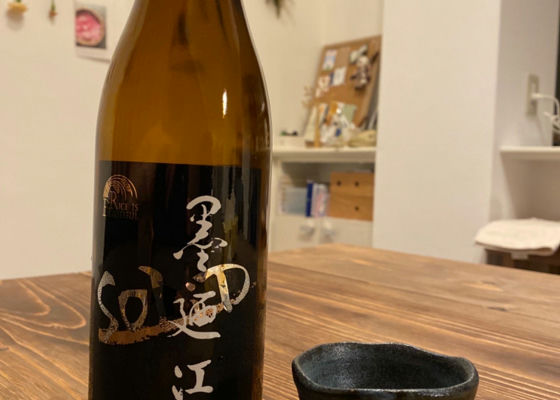
Nippondanji
クリアな口当たり。辛口が先行するが、わずかに米の甘みを感じて余韻は辛みを感じる。日本酒度が高く熱燗向きかも。開栓後1日空気に晒すと滑らかさが加わって口当たりはまろやかになる。